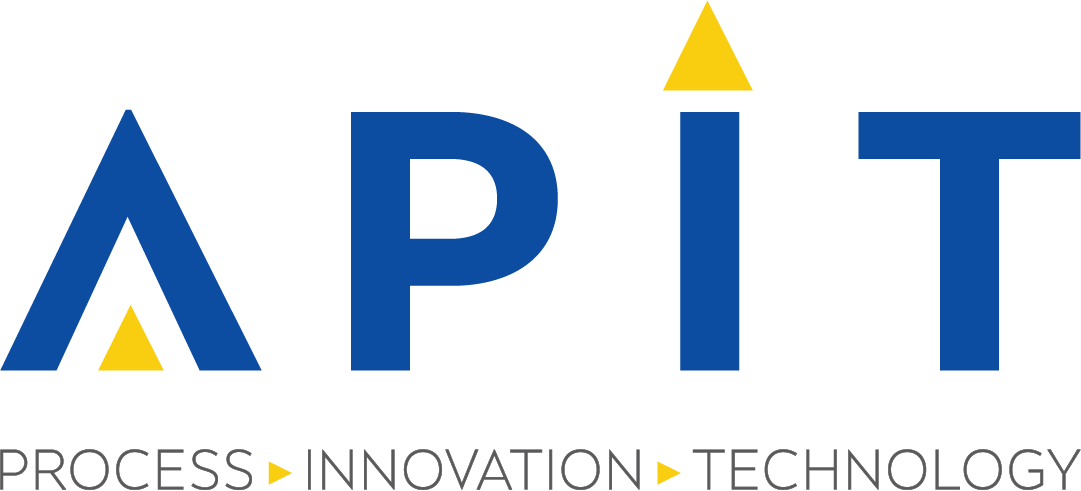
Close


Eco-Parboiling has been specifically designed with the goal of significantly conserving resources. Through the innovative parboiling process, water usage is reduced by up to 80% compared to traditional methods. Additionally, the time required for Eco-parboiling is substantially shorter. The remarkable reduction in water consumption makes this process more environmentally friendly than conventional parboiling techniques. This process is continuous, efficient, and compact, surpassing expectations in both speed and innovation.
The flow of paddy or grain through the Eco-Parboiling process involves several stages, each carefully designed to optimize resource usage and ensure uniformity in the final product. The key stages are as follows:
This stage is carried out using APIT’s Jumbo Gel Cook Station, which initiates the steaming process
In this tank, a fine spray of pressurized hot water ensures uniform hydration of the paddy. Our specially designed nozzles and spray angles provide 360° coverage, ensuring thorough moisture absorption
The grain shuffler promotes proper mixing, maintaining uniformity in grain hydration across all paddy or grain batches
The hydrated grains are transferred into these tanks, where they are subjected to pressurization. This process forces moisture from the grain surface into the inner regions, ensuring deeper hydration.
After hydration is complete, the grains are moved to the Gel Cook Stations for steaming, ensuring the proper cooking of the grains.
The final stage involves drying the partially boiled grains in a drying system to remove excess moisture, allowing for safe storage or further milling and processing. This streamlined process ensures greater efficiency, reduced resource consumption, and optimal quality in the final product.